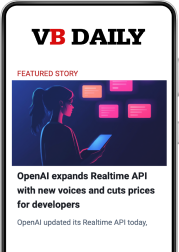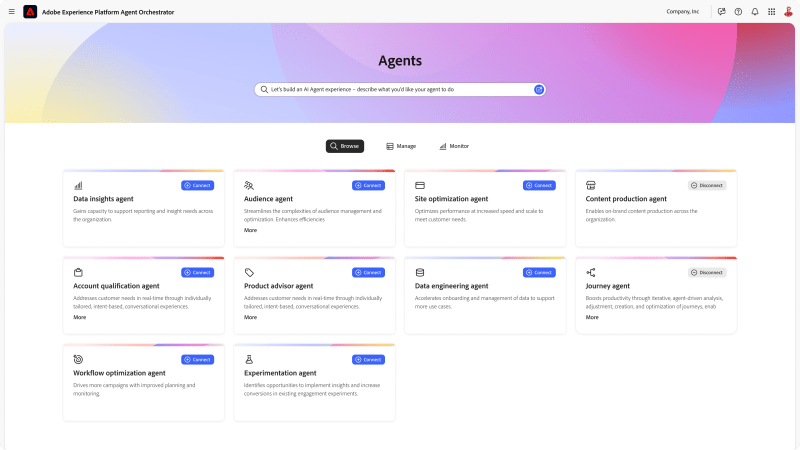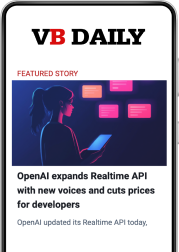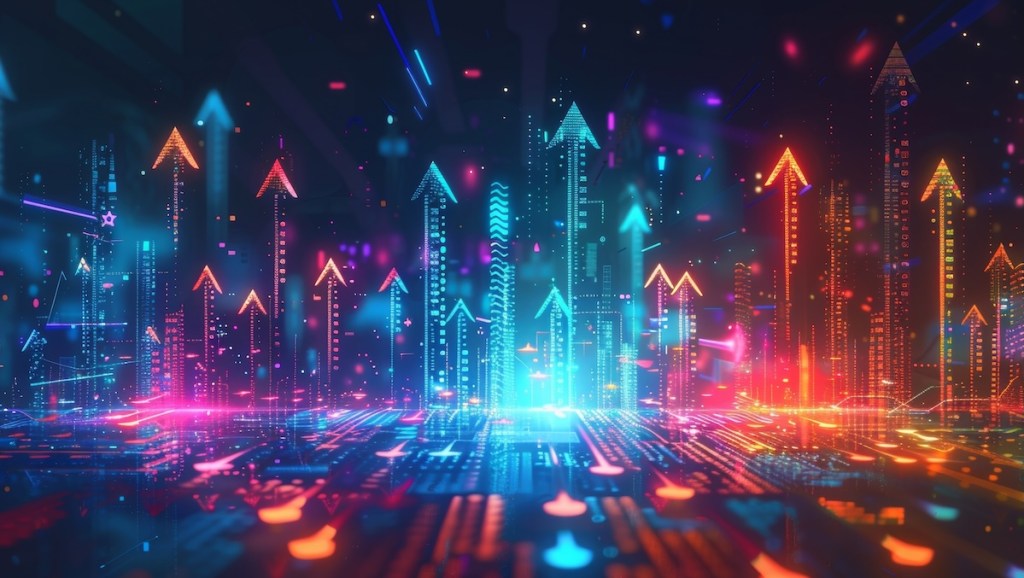Nvidia’s GTC 2025 keynote: 40x AI performance leap, open-source ‘Dynamo’, and a walking Star Wars-inspired ‘Blue’ robot
Join our daily and weekly newsletters for the latest updates and exclusive content on industry-leading AI coverage. Learn More Nvidia CEO Jensen Huang took to the stage at the SAP Center on Tuesday morning, leather jacket intact and without a teleprompter, to deliver what has become one of the most anticipated keynotes in the technology industry. The GPU Technology Conference (GTC) 2025, self-described by Huang as the “Super Bowl of AI,” arrives at a critical juncture for Nvidia and the broader artificial intelligence sector. “What an amazing year it was, and we have a lot of incredible things to talk about,” Huang told the packed arena, addressing an audience that has grown exponentially as AI has transformed from a niche technology into a fundamental force reshaping entire industries. The stakes were particularly high this year following market turbulence triggered by Chinese startup DeepSeek‘s release of its highly efficient R1 reasoning model, which sent Nvidia’s stock tumbling earlier this year amid concerns about potential reduced demand for its expensive GPUs. Against this backdrop, Huang delivered a comprehensive vision of Nvidia’s future, emphasizing a clear roadmap for data center computing, advancements in AI reasoning capabilities, and bold moves into robotics and autonomous vehicles. The presentation painted a picture of a company working to maintain its dominant position in AI infrastructure while expanding into new territories where its technology can create value. Nvidia’s stock traded down throughout the presentation, closing more than 3% lower for the day, suggesting investors may have hoped for even more dramatic announcements. But if Huang’s message was clear, it was this: AI isn’t slowing down, and neither is Nvidia. From groundbreaking chips to a push into physical AI, here are the five most important takeaways from GTC 2025. Blackwell platform ramps up production with 40x performance gain over Hopper The centerpiece of Nvidia’s AI computing strategy, the Blackwell platform, is now in “full production,” according to Huang, who emphasized that “customer demand is incredible.” This is a significant milestone after what Huang had previously described as a “hiccup” in early production. Huang made a striking comparison between Blackwell and its predecessor, Hopper: “Blackwell NVLink 72 with Dynamo is 40 times the AI factory performance of Hopper.” This performance leap is particularly crucial for inference workloads, which Huang positioned as “one of the most important workloads in the next decade as we scale out AI.” The performance gains come at a critical time for the industry, as reasoning AI models like DeepSeek‘s R1 require substantially more computation than traditional large language models. Huang illustrated this with a demonstration comparing a traditional LLM’s approach to a wedding seating arrangement (439 tokens, but wrong) versus a reasoning model’s approach (nearly 9,000 tokens, but correct). “The amount of computation we have to do in AI is so much greater as a result of reasoning AI and the training of reasoning AI systems and agentic systems,” Huang explained, directly addressing the challenge posed by more efficient models like DeepSeek’s. Rather than positioning efficient models as a threat to Nvidia’s business model, Huang framed them as driving increased demand for computation — effectively turning a potential weakness into a strength. Next-generation Rubin architecture unveiled with clear multi-year roadmap In a move clearly designed to give enterprise customers and cloud providers confidence in Nvidia’s long-term trajectory, Huang laid out a detailed roadmap for AI computing infrastructure through 2027. This is an unusual level of transparency about future products for a hardware company, but reflects the long planning cycles required for AI infrastructure. “We have an annual rhythm of roadmaps that has been laid out for you so that you could plan your AI infrastructure,” Huang stated, emphasizing the importance of predictability for customers making massive capital investments. The roadmap includes Blackwell Ultra coming in the second half of 2025, offering 1.5 times more AI performance than the current Blackwell chips. This will be followed by Vera Rubin, named after the astronomer who discovered dark matter, in the second half of 2026. Rubin will feature a new CPU that’s twice as fast as the current Grace CPU, along with new networking architecture and memory systems. “Basically everything is brand new, except for the chassis,” Huang explained about the Vera Rubin platform. The roadmap extends even further to Rubin Ultra in the second half of 2027, which Huang described as an “extreme scale up” offering 14 times more computational power than current systems. “You can see that Rubin is going to drive the cost down tremendously,” he noted, addressing concerns about the economics of AI infrastructure. This detailed roadmap serves as Nvidia’s answer to market concerns about competition and sustainability of AI investments, effectively telling customers and investors that the company has a clear path forward regardless of how AI model efficiency evolves. Nvidia Dynamo emerges as the ‘operating system’ for AI factories One of the most significant announcements was Nvidia Dynamo, an open-source software system designed to optimize AI inference. Huang described it as “essentially the operating system of an AI factory,” drawing a parallel to how traditional data centers rely on operating systems like VMware to orchestrate enterprise applications. Dynamo addresses the complex challenge of managing AI workloads across distributed GPU systems, handling tasks like pipeline parallelism, tensor parallelism, expert parallelism, in-flight batching, disaggregated inferencing, and workload management. These technical challenges have become increasingly important as AI models grow more complex and reasoning-based approaches require more computation. The system gets its name from the dynamo, which Huang noted was “the first instrument that started the last Industrial Revolution, the industrial revolution of energy.” The comparison positions Dynamo as a foundational technology for the AI revolution. By making Dynamo open source, Nvidia is attempting to strengthen its ecosystem and ensure its hardware remains the preferred platform for AI workloads, even as software optimization becomes increasingly important for performance and efficiency. Partners including Perplexity are already working with Nvidia on Dynamo implementation. “We’re so happy that so many of our partners are working with us on













